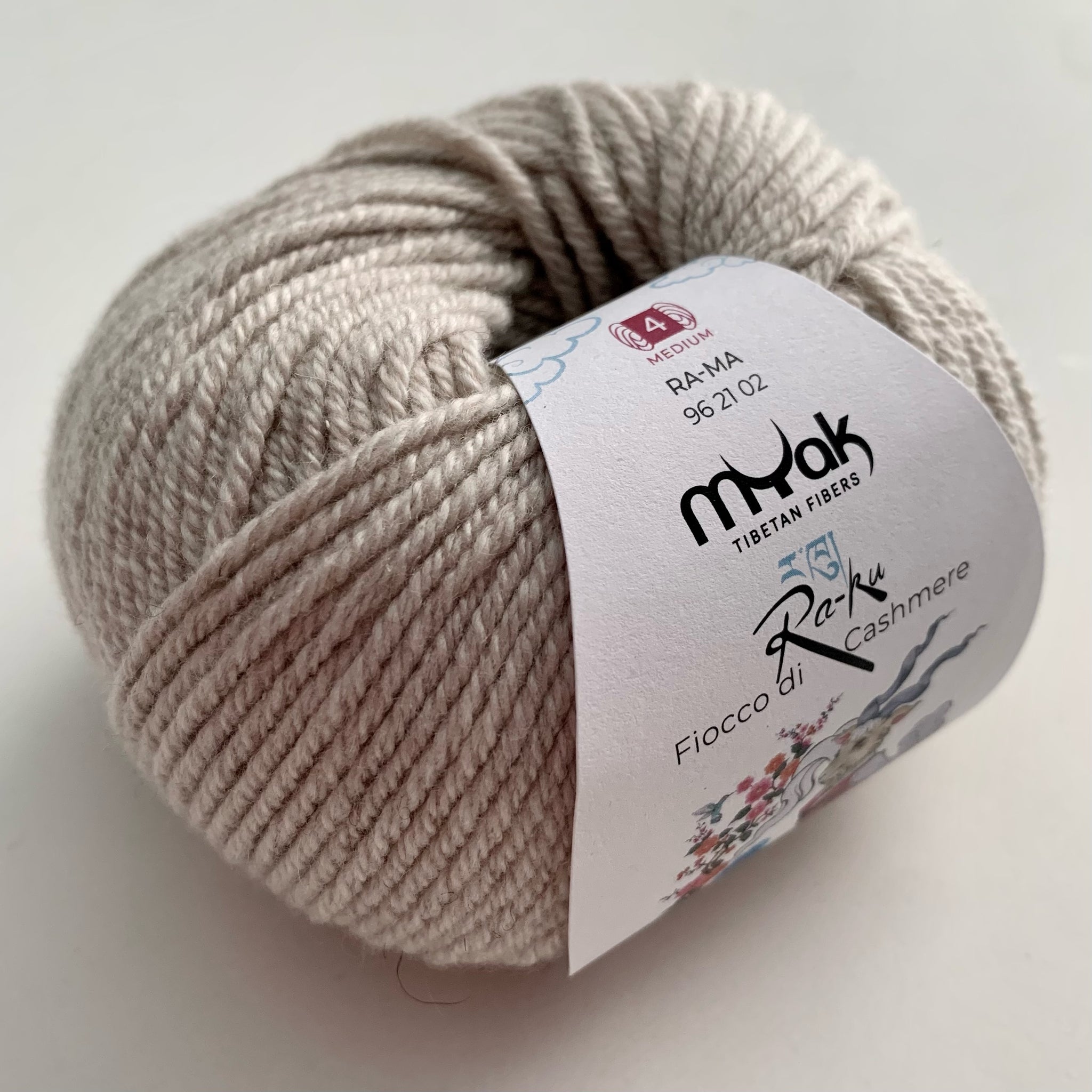The Benefits of cashmere fibre: Why It’s the Most Desired Material
The Benefits of cashmere fibre: Why It’s the Most Desired Material
Blog Article
Factors You Must Need Cashmere a Natural Fiber for Convenience and Beauty in Everyday Put On
In the realm of textiles, few fibers match the luxury and comfort of cashmere. This distinct material, known for its exceptional gentleness and insulation, provides exceptional comfort and sophistication for day-to-day wear. But what establishes it aside from other fibers? How does it affect the setting and exactly how does it compare to synthetic choices? Moreover, how can one best make use of cashmere to raise their design? These fascinating questions lay the structure for an informing exploration right into the globe of cashmere.
Understanding the Glamorous Nature of Cashmere

Reviewing the Convenience Element of Cashmere Garments
What top qualities underline the convenience factor of cashmere garments? The softness of cashmere is the very first quality to think about. Its luxurious texture makes it seem like a 2nd skin, giving warmth without the weight or irritation related to various other wool products. Additionally, cashmere's one-of-a-kind fiber structure allows for breathability, managing temperature and stopping getting too hot. The product's flexibility and sturdiness guarantee that it molds versus the body easily, preserving its form over time. Cashmere's hypoallergenic homes likewise add to its convenience, making it an ideal choice for delicate skin. Finally, the ability to layer cashmere pieces without thickness increases the convenience aspect. Essentially, the comfort of cashmere is acquired from its gentleness, breathability, longevity, hypoallergenic nature, and versatility.

The Environmental Effect and Sustainability of Cashmere
While the convenience and elegance of cashmere are most certainly appealing, it's similarly essential to consider its connection with the environment. Cashmere production, mostly in Mongolia and China, involves increasing cashmere goats, which can significantly strain vulnerable meadow ecosystems because of overgrazing. This can cause desertification, a pushing ecological concern. In addition, the processing of cashmere, involving coloring and washing, can also contribute to water air pollution if not properly handled. Nevertheless, initiatives are being made to develop lasting cashmere manufacturing techniques, such as rotational grazing and cleaner handling techniques. Hence, while cashmere has ecological impacts, its sustainability greatly relies on production methods.
Comparing Cashmere to Artificial Fibers: A Cost-Benefit Evaluation
Regardless of its environmental challenges, cashmere presents an one-of-a-kind set of benefits over synthetic fibers. On the expense side, cashmere is indisputably much more pricey because of its labor-intensive manufacturing procedure. The benefits make it worth the investment. Cashmere's all-natural fibers provide unequaled softness and warmth, translating into convenience that artificial fibers struggle to match. Additionally, cashmere items are very long lasting, promising long life that offsets initial costs gradually. Unlike artificial fibers, cashmere does not add to microplastic contamination, making it a more sustainable selection. On the other hand, artificial fibers, while cheaper upfront, use much less comfort, have much published here shorter life expectancies and present ecological concerns. Hence, when analyzing cost-benefit, cashmere's premium qualities make it a worthwhile investment for everyday wear.
Designing Tips With Cashmere for Everyday Style
Having actually considered the have a peek here cost-benefit evaluation of cashmere compared to synthetic fibers, it ends up being clear why this extravagant product is a preferred choice for many. When styling cashmere for everyday style, simplicity is key. Inevitably, the inherent elegance of cashmere makes it a flexible addition to any wardrobe, easily boosting day-to-day outfits with a touch of luxury.

Verdict
In enhancement, cashmere's try this sustainability and reduced environmental impact compared to synthetic fibers better boost its charm. Spending in cashmere garments is a beneficial decision for sustainability, design, and comfort.

Report this page